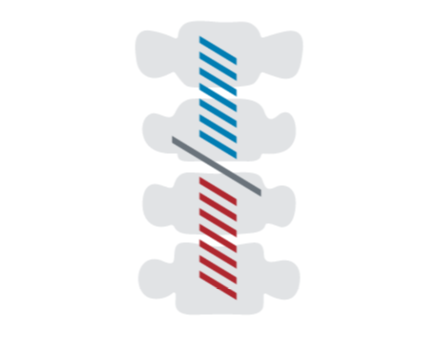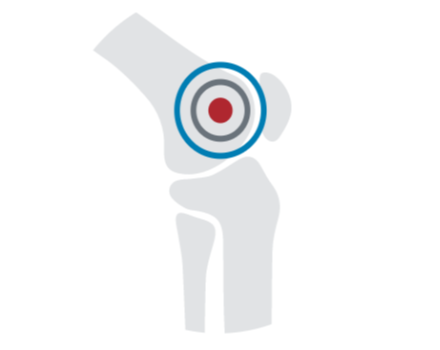Understanding pain management treatment options
Your doctor will usually follow a treatment plan that begins with basic general therapies and progresses to more definitive solutions. This is because simple options such as lifestyle changes, diet changes, or specific exercises may often suffice in reducing your pain.
Noninterventional treatments
The most basic of these don’t require a prescription and can usually be done at home with or without help from a healthcare professional. These are treatments that do not include injections, implants, or other surgical procedures.
- Rest and diet changes
- Exercise and physical therapy
- Acupuncture, massage, and spinal adjustment
- Anti-inflammatory drugs (eg, ibuprofen)
- Cognitive and behavioral modification
- Transcutaneous electrical nerve stimulation (TENS)
Other noninterventional treatments are used as a first step when there are no improvements from basic treatments. These include:
- Prescription opioid and non-opioid medications
- Prescription painkillers, muscle relaxants, antiseizure drugs, and some antidepressants
Interventional pain treatments
These are typically outpatient treatment options that can provide long-term pain relief. They are less invasive and have a quicker recovery time than most surgical procedures and are often used when noninterventional treatments fail and invasive surgery is too aggressive.
- Epidural steroid injections (ESI) or nerve blocks
Injection of an anesthetic, steroid, and/or anti-inflammatory into the pained area - Radiofrequency ablation (RFA)
RFA is a minimally invasive outpatient procedure that uses thermal energy to interrupt pain signals at their source. RFA can be used to treat pain in the back, hips, knees, shoulders, feet, and neck, and could provide months—or even years—of relief.1 Learn about RFA - Spinal cord stimulation (SCS)
SCS therapy can help manage chronic pain of the lower back and limbs by using mild electrical impulses to interrupt pain signals. Boston Scientific SCS Systems are designed to offer more therapy options in a single device, which could provide a greater chance of finding effective, long-term relief for your personal pain. Although a minimally invasive treatment, SCS may also be used to help manage pain that is unresolved—or even caused—by more invasive surgical procedures. Learn about SCS
Surgical methods
These are more interventional procedures that may be necessary to correct structural damage or to relieve pain that does not respond to other treatments.
- Surgery
Surgical treatments such as laminectomy and spinal fusion may be needed when structural problems occur within the spinal column. These treatments often require prolonged postoperative hospitalization and rehabilitation. - Implantable drug pumps
Pumps deliver pain medication directly to the space surrounding the spinal cord. The pumps delivering the medication need frequent specialise care. - Other surgical procedures
Often used as a last resort when other therapies fail, some surgical techniques, such as neurolytic blocks with phenol and alcohol, and cordotomy, permanently destroy nerves and tissue that conduct pain. These procedures are most often used to relieve pain due to cancer or other incurable diseases.



